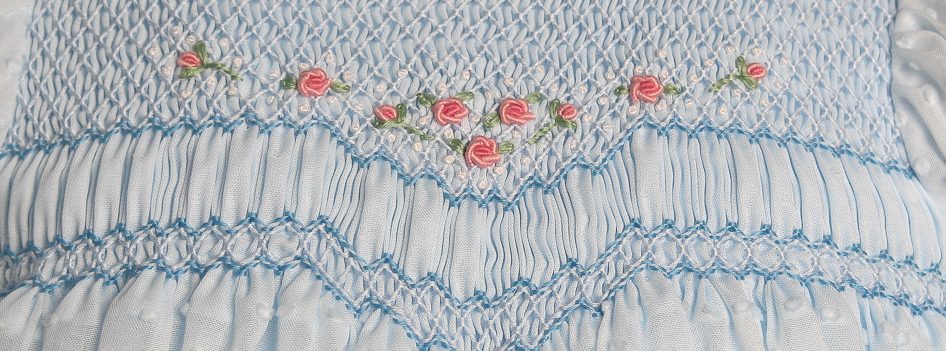Last week we did a week of sewing camp. It was so much fun!!! The 3 granddaughter’s (ages 9, 9 & 12) did sewing camp with me and our grandson (age 7) did camp with grandpa. I hope that we created some fun memories!!!
The girls loved sewing and all 3 of them completed all 5 projects in my Girls Can Sew curriculum.

Prior to camp, I let each of the girls choose fabrics for their projects from my “resource center”. 🤣 It’s so nice to have everything readily available for whatever might be needed!!! That’s my story and I’m sticking to it!
Project #1 was a pillowcase. We made it with the burrito method. 2 of the girls had already made a pillowcase in previous years, but this year was different in that I was teaching them how to read and follow the instructions. They did a great job of that with the pillowcase.

Why the headbands of fabric? Well, they are sewing ninjas!!!

At the finish of the project, we had “free sew” – which involved sewing together pre-cut squares. I think that this part of each day was something that they enjoyed most!!!
Day 2 of camp involved making a decorative throw pillow. They had such fun deliberating over what trims to use for their pillows. In this class, they learned how to do LOTS of measuring and they also learned to sew a zipper (zip off pillow cover).

They loved the finished pillows!
The 3rd project was a twirl skirt. The skirt had an elastic casing and was a yoke with a gathered tier. Gathering was a new skill. They weren’t too sure about this! LOL! Let’s just say that it wasn’t their favorite! But, they persevered and all ended up with a cute skirt.

Of course, “free sew” continued at the end of each day! I’m sure glad that I had plenty of squares for them to work with!!! They were finishing up some small quilts by day 3.


Day 4 was a tote bag, interfaced & lined. With each project, new skills were introduced. This project involved using pattern pieces, placing the pattern pieces on grain and accurate cutting. Prior to this, all of the projects had been measure and tear.


As you can see, they all ended up with cute tote bags!!! Each of them also chose to add a trim to the seam, which added cuteness to the tote bags!
Our last project was a patchwork pouch. This was much more involved. They also used pattern pieces for this and had to create their own “fabric” with patchwork. They had lots of practice with piecing during “free sew”, which made them very successful with their patchwork pouches!!!

Notice how beautifully matched those pieced corners are!!!
Because this bag is lined AND has a zipper, it was a bit trickier. Once again, they proved to not be quitters, patiently waiting for help when needed, and they all loved their finished pouches.
After class was over, I decided that for new seamstresses, it might be helpful to have a visual aid (other than my painter’s tape) for their seam allowance alignment. Each sewing machine had a slightly different bed and markings. We did play “musical machines” – meaning that each of the girls sat at a different machine each day to see some of the little differences. I have created a grid with seam markings on it and am offering it as a free download for anyone else wanting to help new seamstresses with their seam allowances. (we also use this in the refugee sewing class!)
You can download this by clicking on the blue words above. I would recommend cutting the page into strips and applying one strip in front of the sewing machine foot, on the bed of the machine, and another on the back of the sewing machine foot. Having the different colors will also make it easy for the student to see and follow a particular line. This can be attached with clear packing tape. Alternately, it can be printed on sticky back paper (think stickers), cut apart and applied that was as well. I hope you’ll find this helpful if you have budding seamstresses that you will be helping learn to sew.
Of course, I cannot forget to mention grandpa camp! The boys had fun as well. 🥰

Hiking, learning how to safely shoot a gun at the range & building a birdhouse were on the agenda for them! It was all a huge success!!!

Liam learned how to use many power tools (with help, of course!) and loved choosing his bright green paint to finish it off.
That’s what has been going on this summer! I hope you’re enjoying a wonderful summer as well, and hopefully staying cool!!!




















